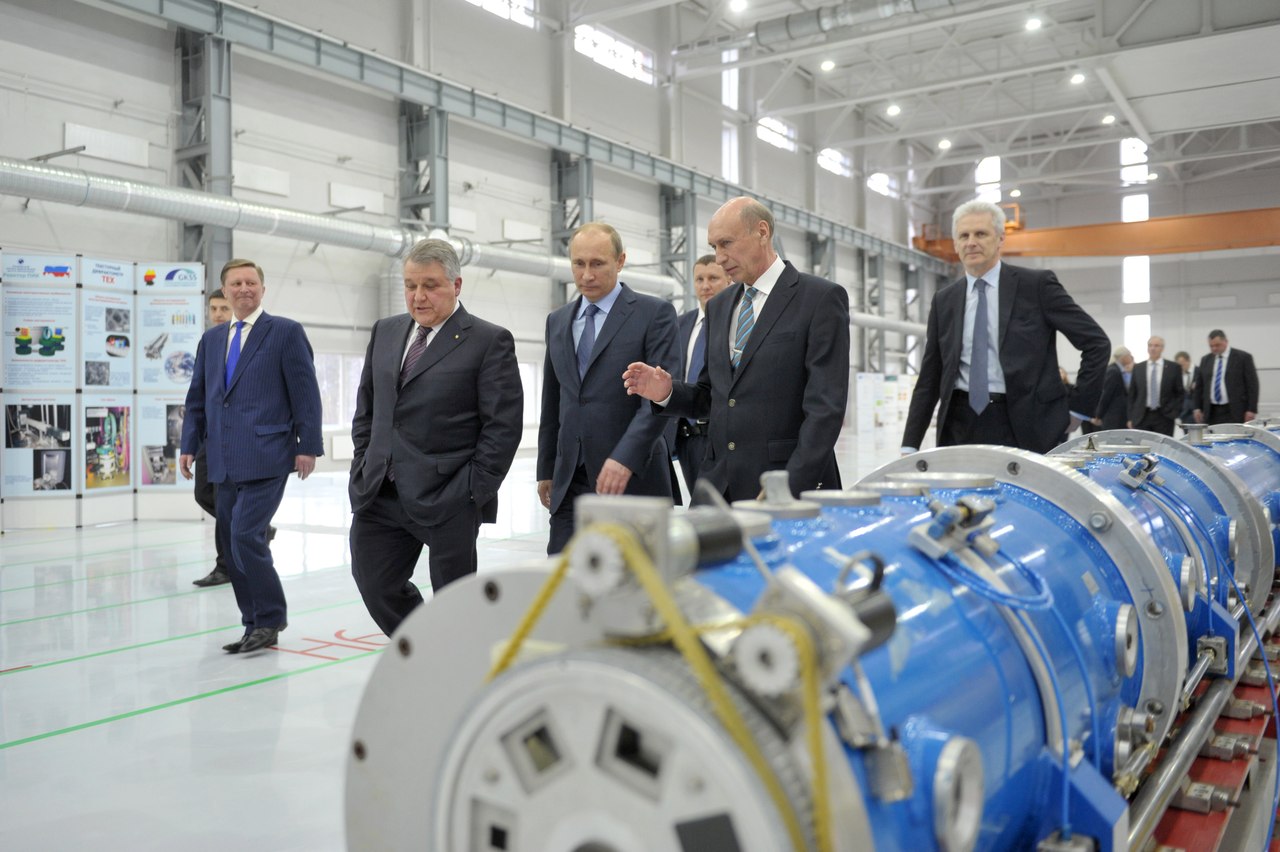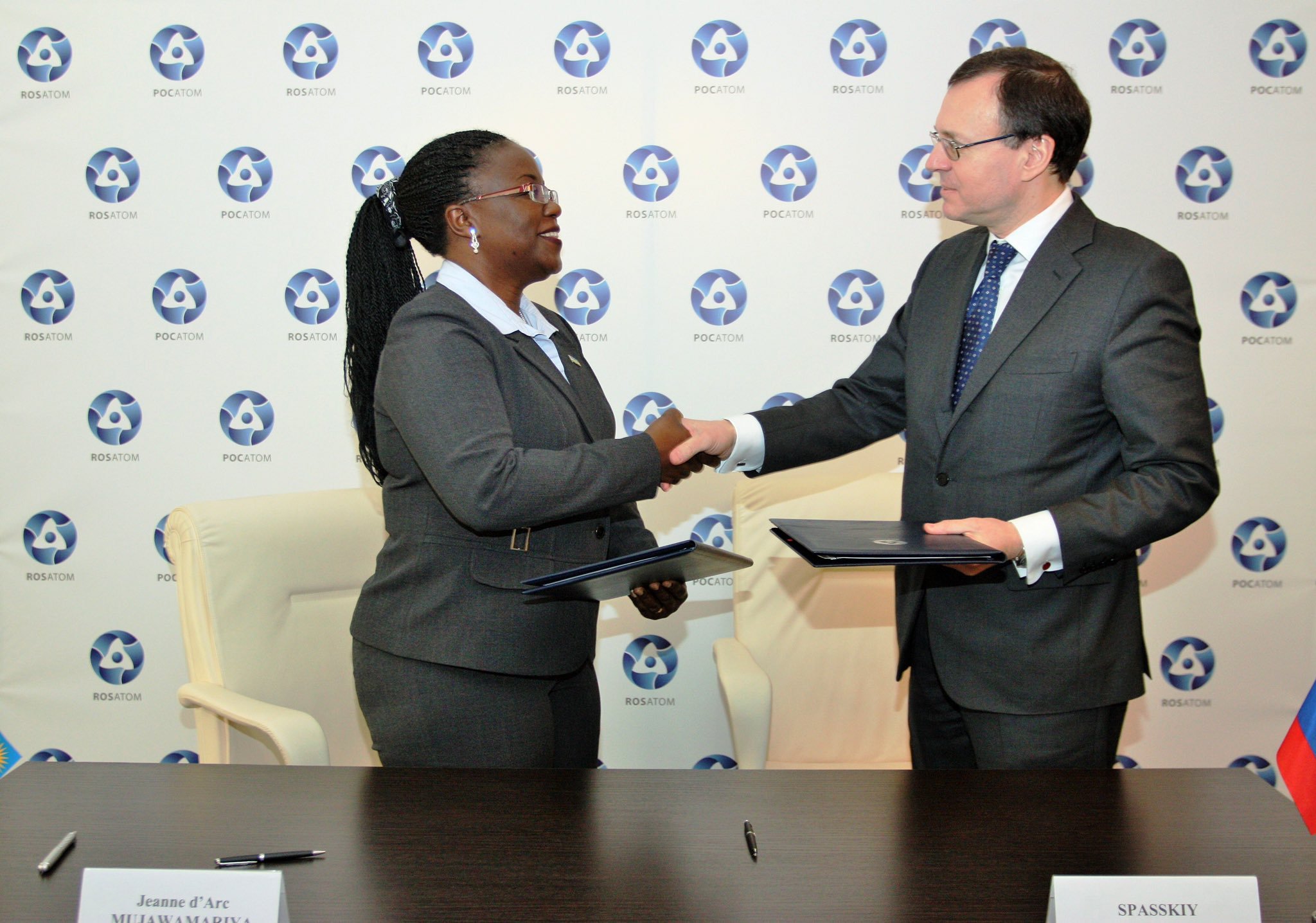
Time to replace research reactors
back to contentsThe November issue of the IAEA bulletin deals with different aspects of research reactor operation, ranging from safety to government regulation. It is not a deep dive into the topic but rather a brief description. Nevertheless, the bulletin helps getting an understanding of research reactor operators and what they do and what problems could be solved with the involvement of IAEA representatives.
For example, the Agency suggests using a milestone approach to the development and construction of research reactors (RR), “The research reactor development process is organized into three main phases: preparing a feasibility report to justify the need for a research reactor project; setting up for construction of the reactor, including the establishment of legal and regulatory frameworks; and commissioning and constructing the new reactor.”

Integrated Nuclear Infrastructure Review for Research Reactors (INIR-RR) missions conducted by the IAEA could be used to lay a foundation for the RR infrastructure. This is a relatively new practice: the first ever INIR-RR mission took place in Nigeria in February 2018. Our readers might remember that the Nigerian government signed an agreement with Rosatom in October 2017 to construct a nuclear science and technology center with a multi-purpose research reactor that will be used to produce radioactive isotopes, irradiate foodstuffs, and gain expertise in operating a reactor. The same mission took place in Vietnam in December. In June 2017, Vietnam signed a memorandum of understanding on the construction of a nuclear center and started consultations on the project. In May 2019, Rosatom and the Ministry of Science and Technology of Vietnam signed a memorandum to draft a construction schedule for the NSTC.
Jelmer Offerein, Operations Director at the Nuclear Research and Consultancy Group (NRG) in the Netherlands, said in an interview what should be done to set up safety culture. Among the recommendations he gave was one to lead by example and another rule that could be expressed as ‘better less but better’. Although the saying is old, it sounds modern if compared with a multi-functional approach that was in trend just recently, “We noticed that, in the past, we were doing a lot of things simultaneously. If people tend to do five or six things at the same time, quality decreases and, if quality decreases, safety levels can also decrease. It’s smarter to do fewer things but do them better.”
Production of medical isotopes is what research reactors are often used for. The bulletin gives a clear picture of the medical isotope market, from irradiating uranium to obtaining Technetium-99 (99Tc), and tells a story of SAFARI-1, a South African research reactor playing a major role in the isotope production industry. The reactor is aging, though (this is a typical problem of many reactors irradiating uranium for the production of medical isotopes), so there is a pressing need to construct a new research reactor with a thermal power of 15–30 MW. If the go-ahead decision is made, it will take about 10 years to build a new reactor, from preparing a feasibility study till commissioning. Its service life will be 60 years and can be extended if needed.
The bulletin keeps repeating that most research reactors were constructed in the 1960–1970s, so the experience gained since then needs to be revised and taken into account in future projects.
Russia’s experience in this field is considerable as Rosatom has built over 120 research reactors, including 22 reactors abroad (in the Czech Republic, Hungary, Egypt, Kazakhstan, Uzbekistan and Vietnam). There are many more countries where it can be applied. Apart from the above mentioned projects in Nigeria and Vietnam, Rosatom is building a nuclear science and technology center in Bolivia and signed an NSTC construction contract with Rwanda at the Russia-Africa Summit. According to the plans, the NSTC will be built around a water-moderated water-cooled research reactor with a thermal power of up to 10 MW. The Center will conduct research in radiobiology, produce medical isotopes and be used as a foodstuff irradiation facility. Another important function of the Center will be to provide training for would-be employees of the country’s nuclear industry.




